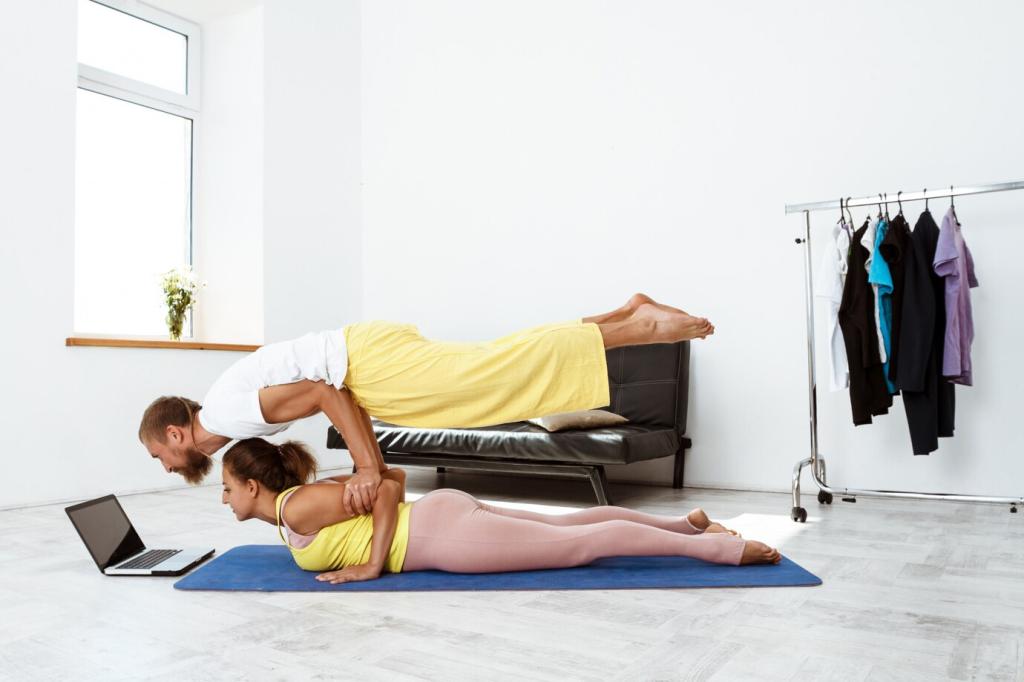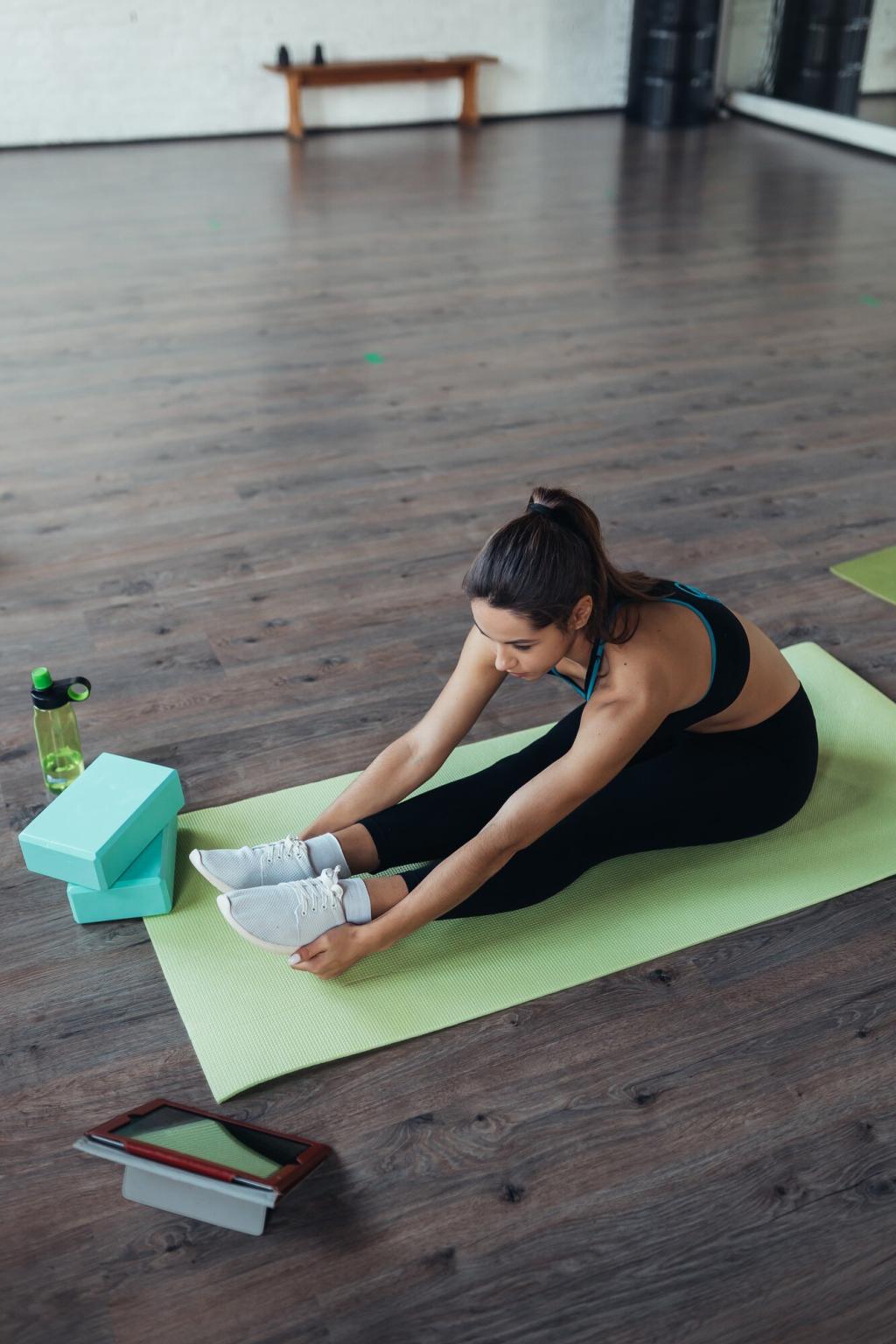
High-Intensity Interval Training for Small Spaces
Today’s chosen theme: High-Intensity Interval Training for Small Spaces. Welcome to a friendly corner where limited square footage meets limitless energy, creativity, and results. Subscribe, comment, and train smarter—right where you stand.
Why HIIT Thrives in Tight Quarters
The Science of Intensity Over Duration
Brief, near-maximal efforts drive powerful cardiovascular and metabolic responses, elevating EPOC and conditioning. In small spaces, intensity matters more than distance, letting you transform a living room into a results-focused arena.
Small-Space Movement Mechanics
Choose vertical and stationary patterns—squats, hinges, isometrics, and plyo variations that move upward rather than outward. Tight control of foot placement prevents drift, while stacked joints keep effort focused, efficient, and safe.
Safety and Pacing When Room Is Limited
Set clear boundaries with a mat, remove trip hazards, and cap jump height based on ceiling clearance. Use tempo cues and countdowns to avoid frantic flailing, sustaining form-packed intensity instead of chaotic speed.
Design Your Micro-HIIT Zone
Measure and Clear Your Rectangle
Mark a rectangle roughly the size of a yoga mat, ensuring hand and foot clearance. Stash furniture edges with towels or bumpers, and keep a water bottle nearby so you never break momentum mid-interval.
Neighbor-Friendly and Pet-Safe Adjustments
Swap high-impact hops for silent calf pops or tempo squats when noise matters. Close doors, secure pets, and use soft-soled shoes or a thick mat to cushion landings while protecting floors and joints.
Small Gear with Big Impact
A mini-band, jump rope, foldable mat, and a single adjustable dumbbell fit in a drawer. Add a towel for sliders and a sturdy chair for step-ups, making compact upgrades without cluttering your home.
Foundational Small-Space HIIT Moves
Perform tempo squats, sumo pulses, and hip hinges anchored over your mat. Keep knees tracking toes, ribs stacked, and eyes forward. These stationary patterns build strength and intensity without demanding lateral space.
Foundational Small-Space HIIT Moves
Replace jump squats with power calf raises, burpees with inchworms, and mountain climbers with slow, knee-drive planks. Intention and cadence elevate heart rate safely when neighbors, joints, or ceilings limit explosive options.

20-Minute Small-Space HIIT Templates
Alternate 20 seconds work, 40 seconds rest for five rounds: air squats, incline push-ups, dead bugs, march jacks. Repeat twice. Keep breathing smooth, form crisp, and celebrate consistency over perfection.

Breath, Recovery, and Form Under Pressure
Inhale through the nose during setup, exhale sharply on exertion. Keep shoulders relaxed and ribs stacked. This simple cadence steadies heart rate, boosts power, and turns small spaces into controlled, productive arenas.

Track Progress and Stay Motivated
Count quality reps per interval, note lowest heart rate during recovery, and log RPE. These bite-sized data points show real progress when space is fixed but your capacity keeps expanding.
Track Progress and Stay Motivated
Create a playlist with built-in interval cues and try to match reps to chorus hits. Friendly self-competition transforms a cramped corner into an energizing arena you will actually crave.
